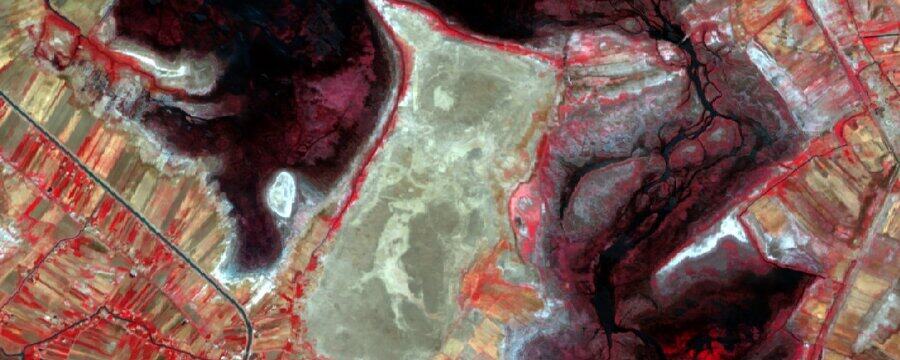This article is from the free online
Advanced Archaeological Remote Sensing: Site Prospection, Landscape Archaeology and Heritage Protection in the Middle East and North Africa


Reach your personal and professional goals
Unlock access to hundreds of expert online courses and degrees from top universities and educators to gain accredited qualifications and professional CV-building certificates.
Join over 18 million learners to launch, switch or build upon your career, all at your own pace, across a wide range of topic areas.

 A simplified representation of how satellites produce natural-looking imagery. Courtesy of William Deadman.
A simplified representation of how satellites produce natural-looking imagery. Courtesy of William Deadman. 





